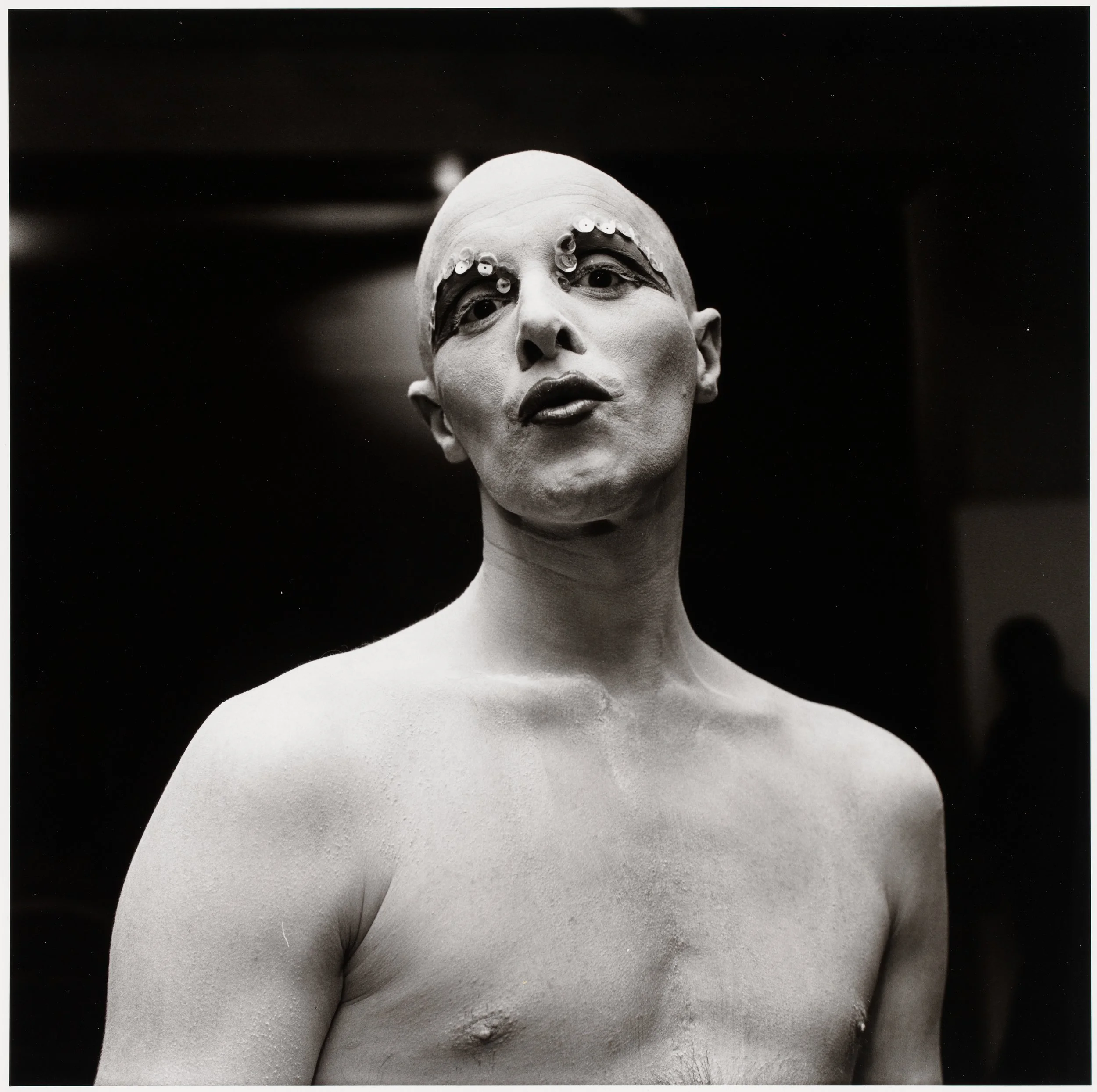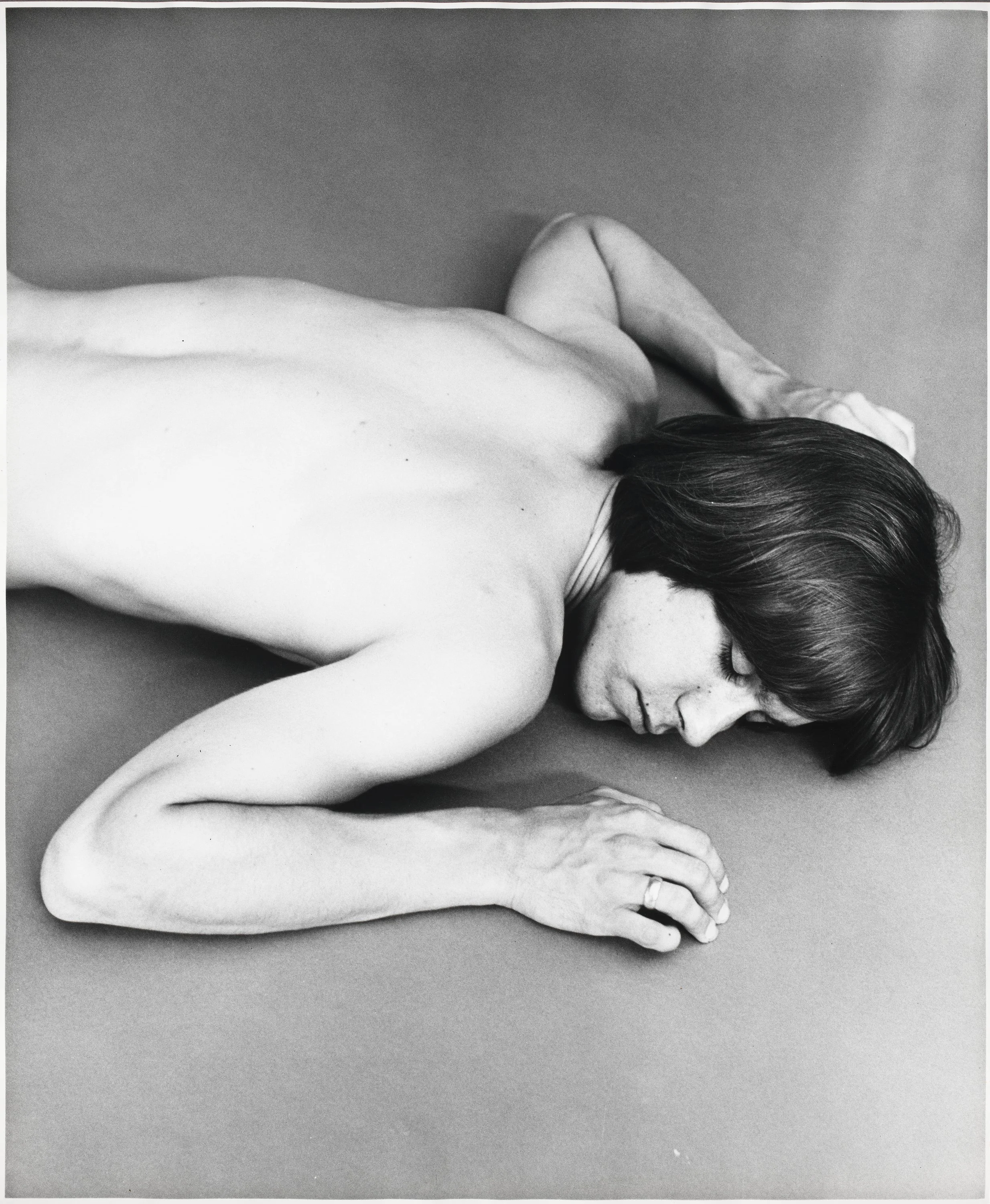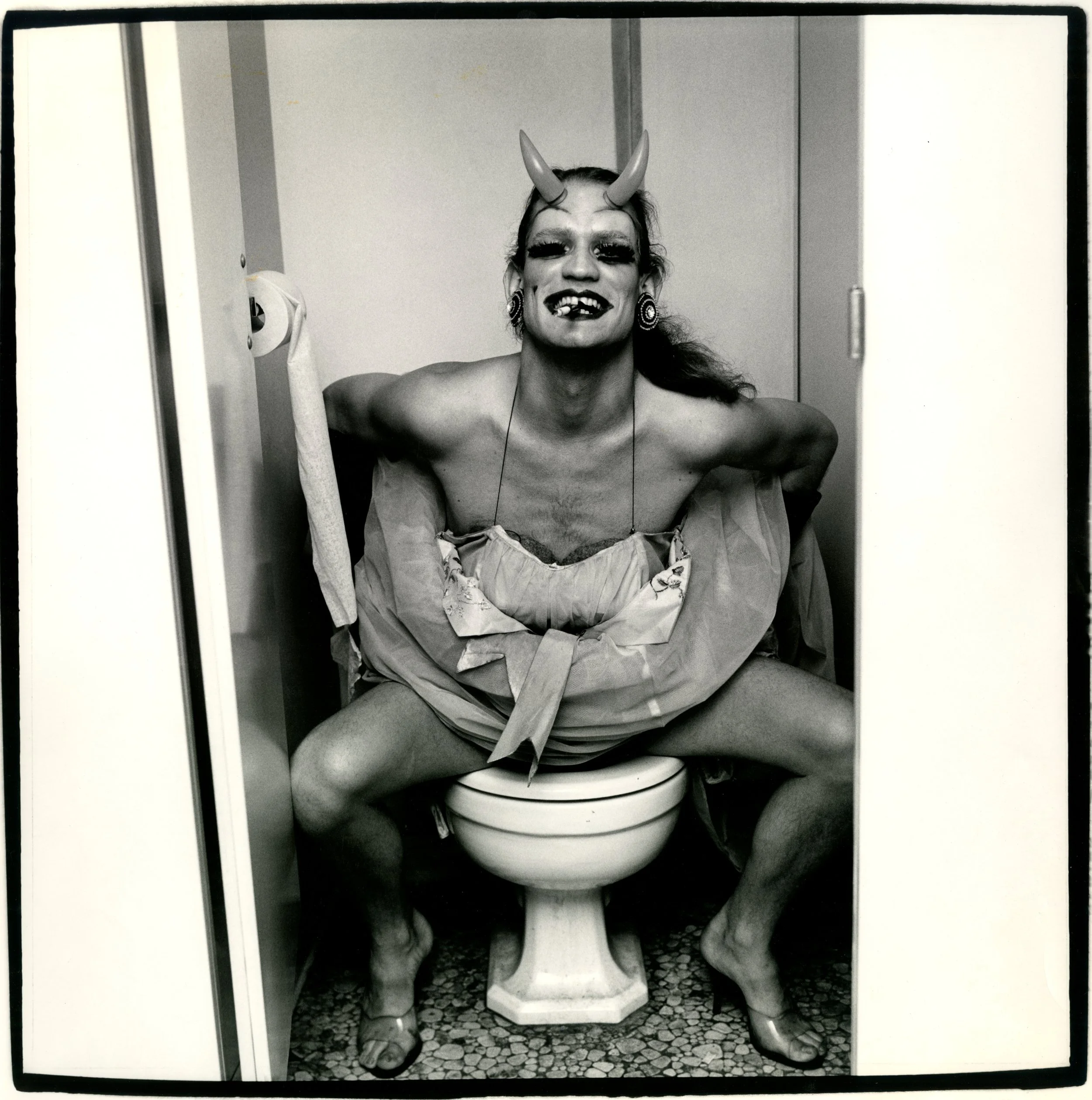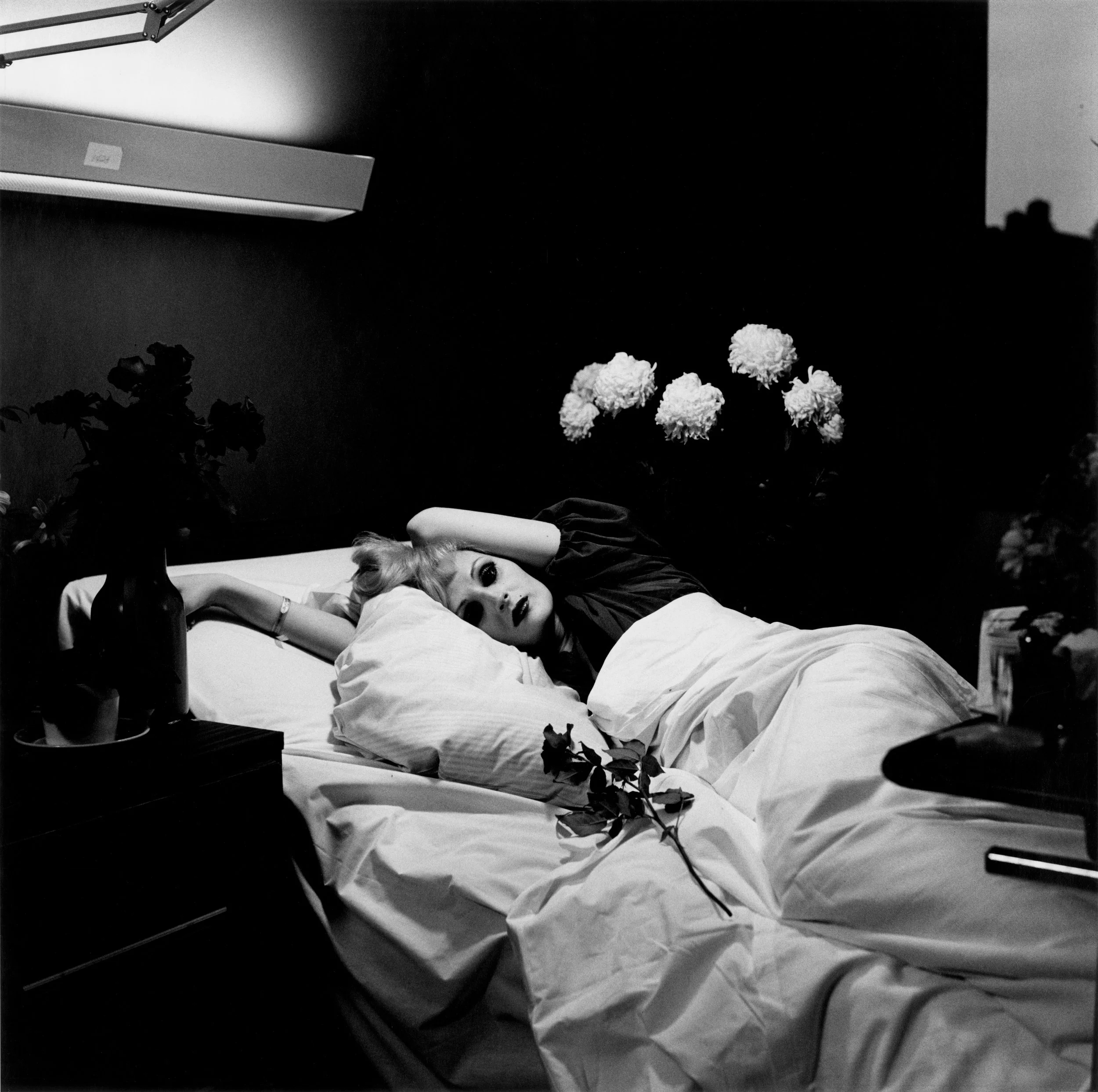Peter Hujar: Performance and Portraiture | Art Institute of Chicago
Peter Hujar. Larry Ree Backstage, 1974. Randall Kroszner and David Nelson. © The Peter Hujar Archive / Artists Rights Society (ARS), NY.
Text: Emily Ranieri
In celebration of the iconic and brilliant Peter Hujar, the Art Institute of Chicago presents "Peter Hujar: Performance and Portraiture" from May 13 through October 9 of this year. Despite gaining widespread acclaim posthumously, Hujar was a pioneer in documenting the experience of the LGBTQIA+ community in 1970s New York City. His powerful black-and-white images and portraits served as pieces of documentary and performance, capturing moments of dance and drag while highlighting the community's struggle. Merging elegance with artistic experimentation, Hujar staged stunning portraits that revealed intense humanity among a socially villainized group during the Stonewall Riots and the AIDS crisis, leading to his glowing artistic reputation more than 30 years after his death.
Peter Hujar. Iggy Pop Lying Down, 1969. Courtesy of the Peter Hujar Archive and Pace Gallery. © The Peter Hujar Archive / Artists Rights Society (ARS), NY.
Hujar's rebellious spirit and refusal to compromise is palpable in his work. He sought to capture the beauty and resilience of the queer community in New York City, hungry for acceptance and relief from oppression. His portraits were inherently rebellious because of the subjects he captured, but the added portrayals of shameless male sexuality and drag intensified his defiance of toxic masculinity and homophobia.
"Performance and Portraiture" is a dazzling display of drag performance and play. A 1974 photograph, "Larry Ree Backstage," features a shirtless Larry Ree wearing heavy makeup and sequins on his face. The performer's stance and puckered facial expression relay a sense of confidence, composure, and unbridled artistry. The fact that Larry Ree is shirtless also emphasizes the humanity and vulnerability of the performer and the entire community. Relentless, fearless self-expression is a theme Hujar rawly conveyed and continues to inspire viewers of his work.
Peter Hujar. John Flowers Backstage at the Palm Casino Revue, 1974. Courtesy of the Peter Hujar Archive and Pace Gallery. © The Peter Hujar Archive / Artists Rights Society (ARS), NY.
Another image, "Candy Darling on her Deathbed," from 1973, shows a woman in a hospital bed surrounded by flowers, a single wilting flower resting beside her. Darling, a transgender icon, was a muse in Andy Warhol's circle and the Velvet Underground, indeed coming into her own as a performer. The actress' composure in Hujar's image is provocative, lying on her side with her arms above her head. The stark contrast of the image emphasizes the themes of death and darkness, as Darling was suffering from lymphoma, from which she died soon after the photograph was taken. Candy Darling's dark eye makeup pops against her pale skin and erases her eyes entirely from her face, mimicking the sunken eyes of a skull. Hujar plays on the performative drama of the image and its subject, placing a seductive woman in a place associated with despair and sullenness. Taking her last public photograph before her death, Hujar captured the sad beauty of Candy Darling's elegant and challenging life.
"John Flowers Backstage at the Palm Casino Revue" from 1974 further reveals Hujar's rebellious spirit and his knack for evocative portraiture. Costumed in a dress, heels, makeup, and devil horns, John Flowers is captured sitting on a toilet. The playful absurdity of the image
Peter Hujar. Candy Darling on Her Deathbed, 1973. Courtesy of the Peter Hujar Archive and Pace Gallery. © The Peter Hujar Archive / Artists Rights Society (ARS), NY.
mirrors the subject's simultaneous joy and defiance; the devil horns juxtaposed with the dress and heels emphasize John Flowers' personal rebellion, despite the clothing and makeup being points of rebellion in themselves.
During a time of intense political turmoil, capitalist venture, and technological innovation, Hujar represented a community of people who were silenced for centuries and continues to be a voice for them posthumously. His ability to create portraits full of humanity and unintentionally political has rightfully earned the artist the title of an icon.











